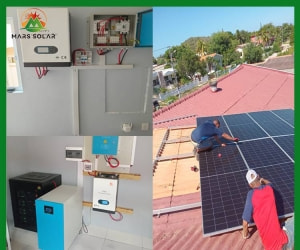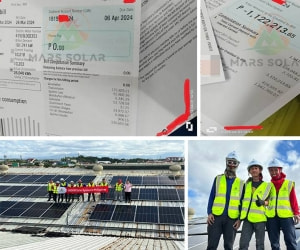India may generate huge amounts of photovoltaic module waste by 2030
India's solar installed capacity growth forecast by 2030 also means that a large amount of photovoltaic module waste will accumulate due to early failure or damage during transportation, installation and operation. Assuming that India’s cumulative installed photovoltaic capacity will increase from 40 GW in 2020 to 287.4 GW in 2030, the total waste generated may reach 21 kilotons. This does not include scrapped panel waste, because the Solar Power Complete System installed during 2020-30 is assumed to have a service life of at least thirty years.

If India’s installed solar capacity increases from 40 GW in 2020 to 287 GW by 2030, India may generate 21 kilotons of photovoltaic module waste. According to a new study, early failures or damages during transportation, installation, and operation are all causes of these photovoltaic wastes. The report was prepared in cooperation with the European Union and India Technical Cooperation Project (IDOM), the European solar energy industry trade body SolarPower Europe, the European Recycling and Recycling Association PV Cycle, and the National Solar Energy Federation of India (NSEFI).
In order to predict how much photovoltaic waste India will generate by 2030, the researchers estimated the annual and cumulative growth of India's photovoltaic installed capacity under three scenarios. In addition, they made assumptions about the weight of photovoltaic modules, the annual replacement rate of photovoltaic modules, and the damage of photovoltaic modules during transportation and construction.
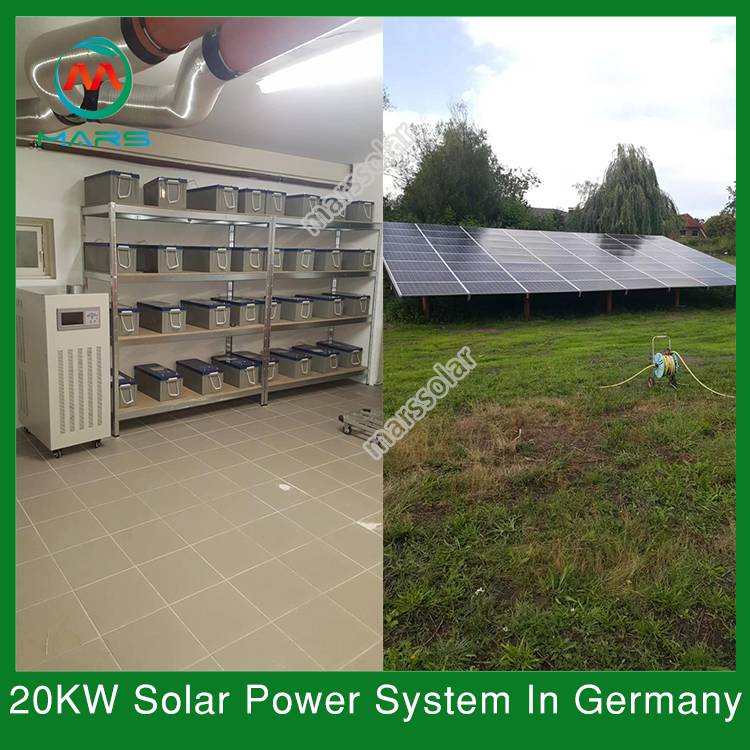
They found that by 2030, India will produce a total mass of 11 kilotons ("low level scenario") / 21 kilotons (medium level scenario) / 34 kilotons ("high level scenario") of photovoltaic module waste. The waste generated with the end of the life of photovoltaic modules may begin to accumulate after 2040 and will quickly become the most influential source of waste.
Compared with the current installation level, the annual photovoltaic market is expected to grow substantially under all three hypothetical scenarios investigated in this research. By 2030, the cumulative installed capacity under all scenarios has experienced several-fold growth. From the basis of only 40 GW in 2020, under low and medium-level scenarios, the cumulative capacity by 2030 will reach 187 GW and 287 GW respectively, while in high-level scenarios, it is expected to reach the ambitious government proposed by 2030. Target of 400 GW. Assuming that the photovoltaic system installed during 2020-30 has a service life of at least 30 years, then all installed capacity installed during this period will not reach the end of life stage until at least 2050.
Given that ground-mounted solar energy constitutes the vast majority of photovoltaic installed capacity, and residential buildings account for only a small part of rooftop installations, this report concludes that scrap photovoltaic waste will mainly come from the B2B sector.
-
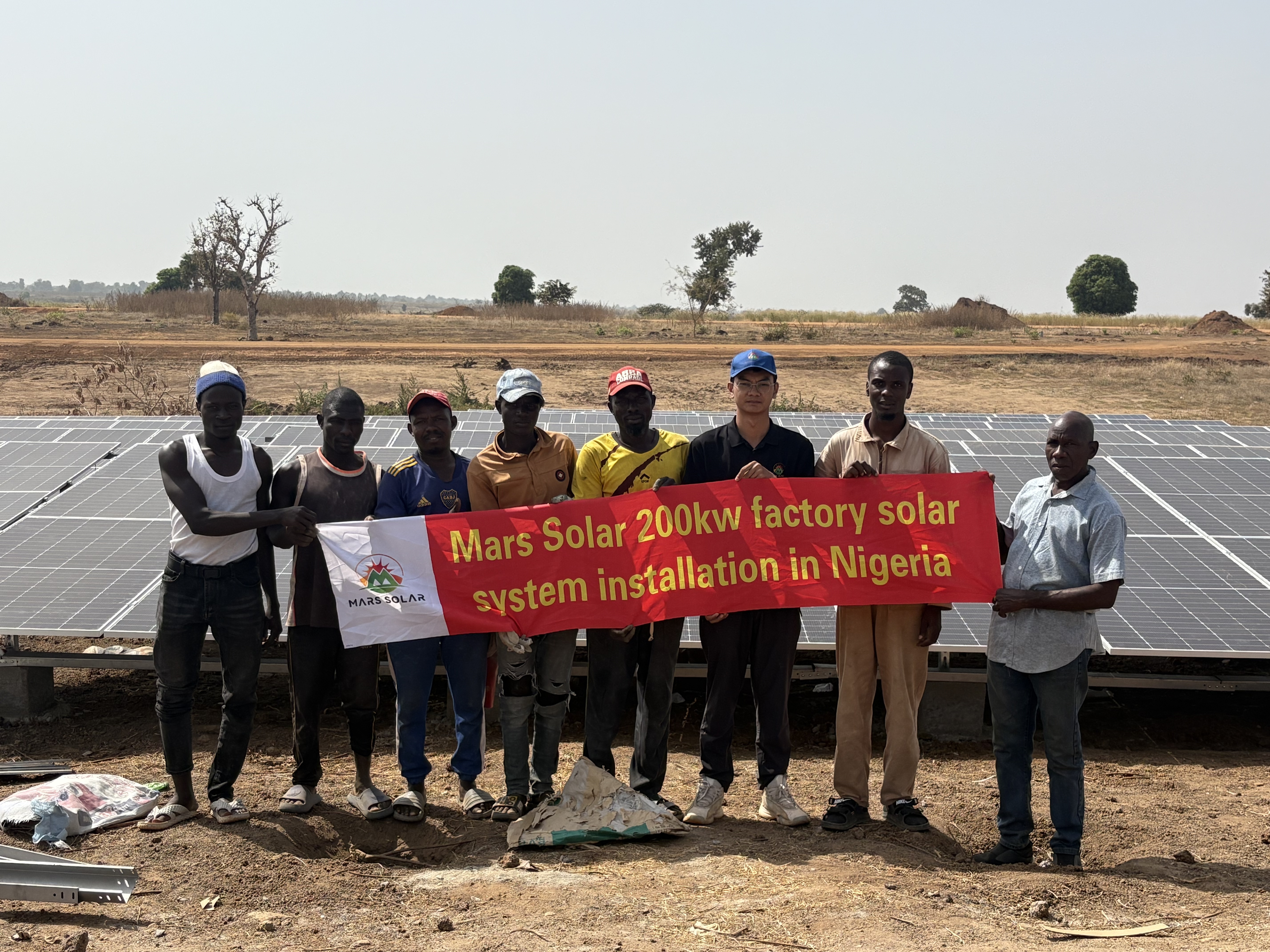 Case Study: 200kW Solar Power System Project for a Rice Mill in a Remote Area ofProject Overview This is a rice mill located in a remote area of Abuja, Nigeria. The local municipal power supply is unstable, and electricity tariffs have increased multiple times this year. Due to the unreliable grid power, the customer can only oper
Case Study: 200kW Solar Power System Project for a Rice Mill in a Remote Area ofProject Overview This is a rice mill located in a remote area of Abuja, Nigeria. The local municipal power supply is unstable, and electricity tariffs have increased multiple times this year. Due to the unreliable grid power, the customer can only operDo you like ?0
Read more -
 Solar PV System Expansion: Compatibility, Efficiency & Implementation Guide1. Background and Necessity Early-installed PV systems generally fail to meet the growing energy demands of modern households and enterprises. Compared with replacing the entire system, expansion is a more economical option—but the core question
Solar PV System Expansion: Compatibility, Efficiency & Implementation Guide1. Background and Necessity Early-installed PV systems generally fail to meet the growing energy demands of modern households and enterprises. Compared with replacing the entire system, expansion is a more economical option—but the core questionDo you like ?0
Read more -
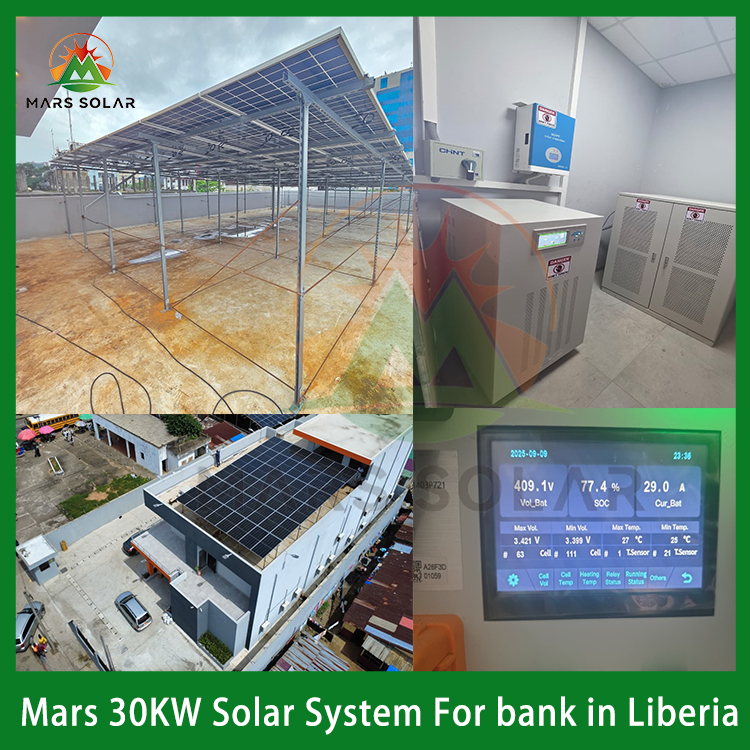 Customized Off-Grid Solar System for a Liberian Bank: Achieving Power IndependenWhen Banks Face the Challenge of "Grid Power Outages and Voltage Fluctuations": A Real-World Solution from Liberia In scenarios where the power grid is unstable and manual intervention is difficult, how to ensure the 24/7 stable operation
Customized Off-Grid Solar System for a Liberian Bank: Achieving Power IndependenWhen Banks Face the Challenge of "Grid Power Outages and Voltage Fluctuations": A Real-World Solution from Liberia In scenarios where the power grid is unstable and manual intervention is difficult, how to ensure the 24/7 stable operationDo you like ?0
Read more -
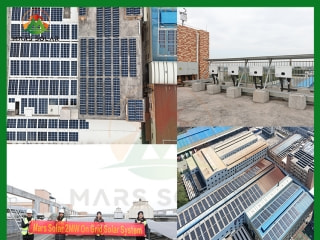 2MW Solar Panel System For Factory2MW mars solar grid-tied solar panel system for factory have designed, produced, and installed in a factory.How does Mars Solar build such a solar panel system for factory? 1. Data collection Before designing the plan, the factory owner vi
2MW Solar Panel System For Factory2MW mars solar grid-tied solar panel system for factory have designed, produced, and installed in a factory.How does Mars Solar build such a solar panel system for factory? 1. Data collection Before designing the plan, the factory owner viDo you like ?0
Read more -
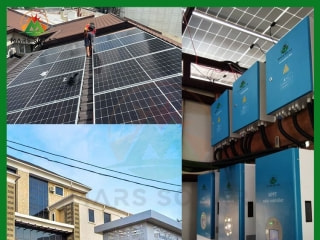 100KW Solar For Hotels And Resorts In NigeriaIn December 2024, the Mars Solar 100KW Nigeria solar for hotels and resorts project was successfully completed. In May 2024, the customer contacted Mars solar and had a series of communications on the solar for hotels and resorts project. The d
100KW Solar For Hotels And Resorts In NigeriaIn December 2024, the Mars Solar 100KW Nigeria solar for hotels and resorts project was successfully completed. In May 2024, the customer contacted Mars solar and had a series of communications on the solar for hotels and resorts project. The dDo you like ?0
Read more -
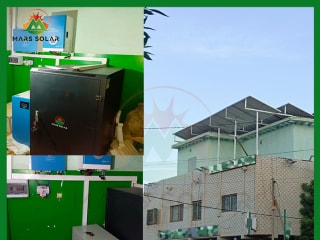 Reliable Energy Solutions for a Mali Pharmacy: 15KW Solar System Success StoryIn the heart of Mali, reliable electricity is a significant challenge, with power coming on for just 2 hours and then cutting off for 4 hours multiple times a day. This erratic power supply is particularly problematic for businesses that depend on consist
Reliable Energy Solutions for a Mali Pharmacy: 15KW Solar System Success StoryIn the heart of Mali, reliable electricity is a significant challenge, with power coming on for just 2 hours and then cutting off for 4 hours multiple times a day. This erratic power supply is particularly problematic for businesses that depend on consistDo you like ?0
Read more


